Underground Monsters: The Insane Depths of Earth's Deepest Mines Revealed
Advertisement
4. Kusasalethu Gold Mine (South Africa)
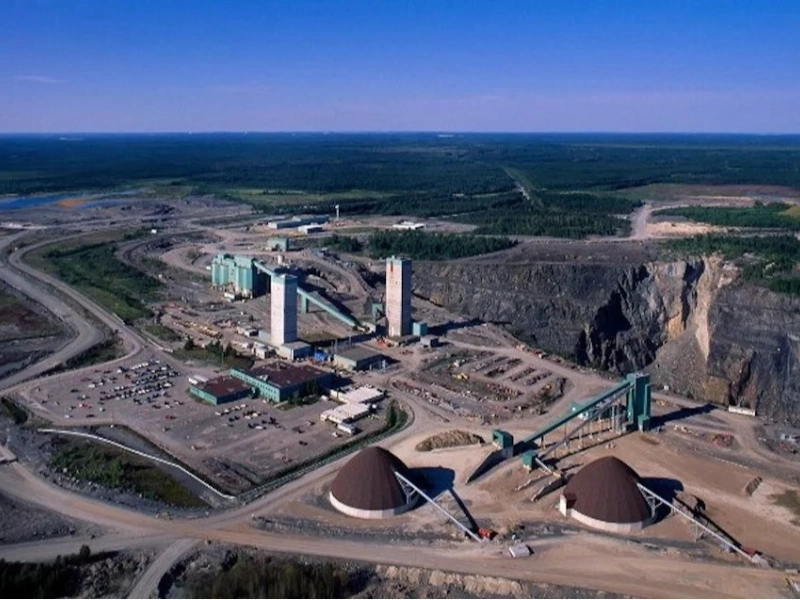
Another amazing example of ultra-deep mining, the Kusasalethu Gold Mine in the West Wits area of South Africa reaches depths of around 3.4 kilometres (2.1 miles). From its opening, this mine—formerly known as Elandsrand—has been a major contributor to South Africa's gold output. As Kusasalethu keeps extracting gold from some of the most accessible areas under the surface of the Earth, her activities highlight the capacity of the mining sector to adapt and innovate in the face of ever difficult geological conditions.
Kusasalethu's past is evidence of how dynamically South Africa's gold mining sector is changing. Originally opened in 1978 as Elandsrand, the mine experienced a significant modernisation and extension programme in the early 2000s, including ore processing facility upgrading and main shaft deepening. Reflecting the mine's dedication to long-term sustainability and ongoing production, this metamorphosis resulted in rebranding as Kusasalethu, meaning "our future" in Xhosa.
Technical intricacy and the application of innovative technology define Kusasalethu's mining activities. To remove gold-bearing ore from limited, high-grade reefs, the mine combines mechanised processes with traditional mining methods. From the miners, who have to negotiate limited areas and unstable rock conditions, this method demands a great degree of skill and accuracy. The mine has used cutting-edge rock engineering techniques, including backfill to stabilise mined-out portions and prevent cave-ins, so improving safety and efficiency.
Managing the great heat produced at such depths presents one of Kusasalethu's toughest obstacles. At the bottom of the mine, the virgin rock temperature may be higher than 50°C (122°F), thereby posing possibly dangerous working circumstances. The mine has a sophisticated cooling system that moves chilled water and air around the underground operations to handle this. This technology not only makes the surroundings more pleasant for employees but also helps to prevent heat-related equipment breakdowns that can cause production to be disturbed.
At Kusasalethu, the ore processing consists on a sequence of difficult procedures meant to maximise gold recovery. The ore is moved to the surface following extraction where it is crushed, ground, and subjected to many separation techniques. The mine uses cyanide leaching and gravity concentration to separate gold from the ore. Improving the efficiency of these procedures has become increasingly important in recent years in order to save expenses and lessen environmental effect.
Kusasalethu has influence outside of its daily activities. The mine supports many auxiliary companies and employs thousands of people, therefore contributing to the local economy. But Kusasalethu has had difficulties with labour relations, safety issues, and changing gold prices, just as many deep-level gold mines in South Africa have experienced. Sometimes these problems cause production interruptions and call for constant communication among mine management, employees, and nearby communities to guarantee the mine's ongoing sustainability.
Advertisement
Recommended Reading:
20 Luxurious Things From Dubai That Made Us Gasp →
You are viewing page 4 of this article. Please continue to page 5
Stay Updated
Actionable growth insights, once a week. No fluff, no spam—unsubscribe anytime.
Advertisement
You May Like
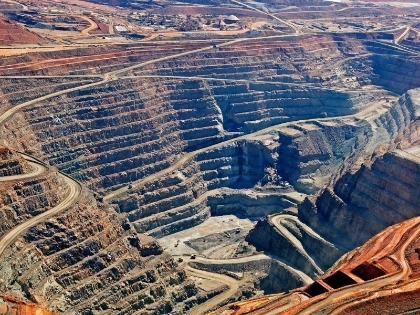
Underground Monsters: The Insane Depths of Earth's Deepest Mines Revealed
08/01/2025

Hilarious Award-Winning Wildlife Photos Proving Animals Have a Sense of Humor
06/19/2025
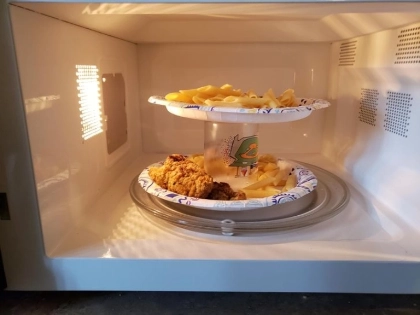
19 Reddit Users Shared Their Best Secrets to Make Life Easier at Home
07/14/2025

Wardrobe Woes: Hilarious Celebrity Outfit Blunders You Can't Unsee
07/18/2025

The Strangest Beauty Pageants Through History
08/10/2025

10 Incredible Cities That Have Changed Beyond Recognition
08/07/2025

Hair Mistakes That Make Women Look Much Older Than They Are
08/21/2025

What Will Happen to Your Body If You Start Eating 3 Dates Every Day for a Week
07/25/2025

10+ Captivating Portraits of Women in Uniform
08/11/2025

Rare Historical Photos That Reveal the Unknown Past
07/04/2025

The Best Shot Of A Wild Animal You've Never Seen Before
06/15/2025

24 Pets Who Are Evolving Into Their Humans
07/26/2025

14 Unique Cat Breeds That You Don’t See Every Day
07/30/2025
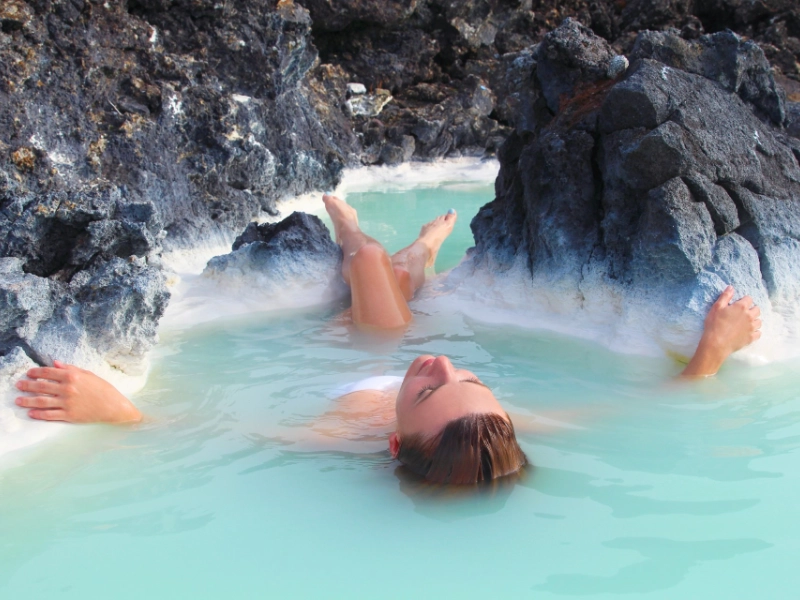
9 Amazing Facts About The Blue Lagoon - #6 Will Shock Even Icelanders!
06/29/2025

Owners Were Shocked! The Amazing Changes After Pet Grooming
08/26/2025

Experience the Thrill of the World's Fastest 10 Cars
07/15/2025
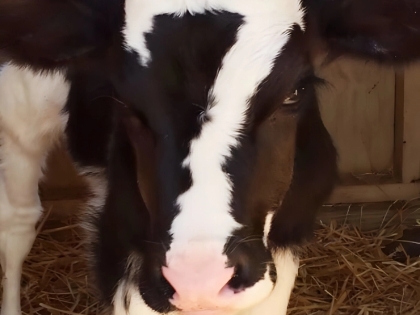
These Animals Were Born With Very Unique Markings That Set Them Apart
07/11/2025

Exotic Delights: 12 Perfect Tropical Fruits for Fruit Salads
06/20/2025

Nature's Perfect Timing: 15 Mind-Blowing Animal Photos You Can't Miss
07/06/2025
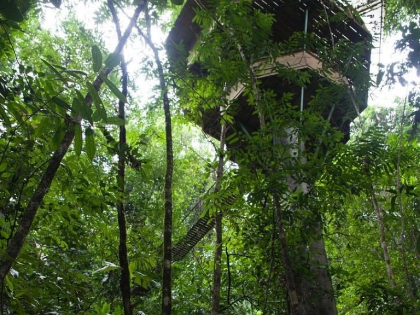
21 Hotels That Can Make Anyone Want to Book the Next Flight
06/21/2025

The Surprising Benefits of Sleeping Next to a Lemon
07/04/2025

Glamorous Unions: Memorable Celebrity Wedding Snippets
07/22/2025
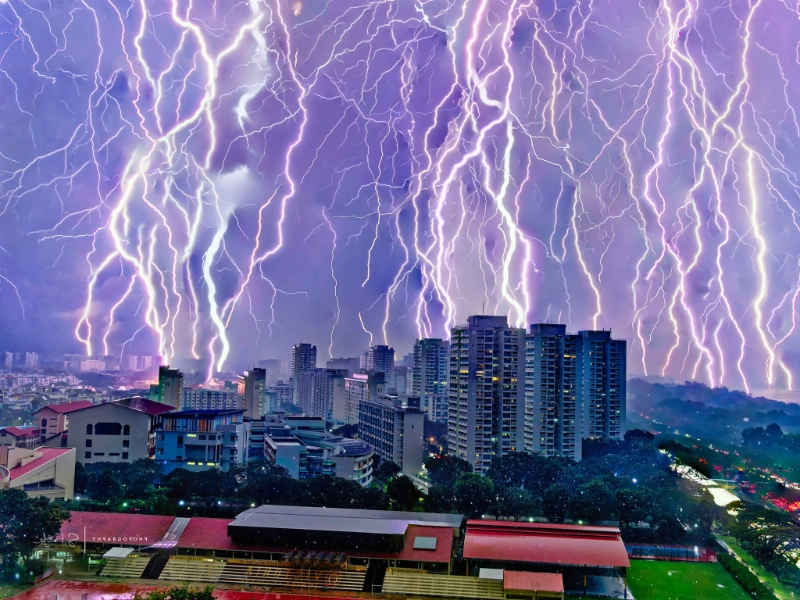
16 World-Famous Lightning Landmarks: A Must-Visit Pilgrimage
06/16/2025

25 Hilarious Photos that Show the Funny Side of Women's Tennis
07/14/2025
Comments
TurbineVoyage · 07/28/2025
Seeds system hygiene.
PixelVoyager · 07/18/2025
Filing under frameworks.